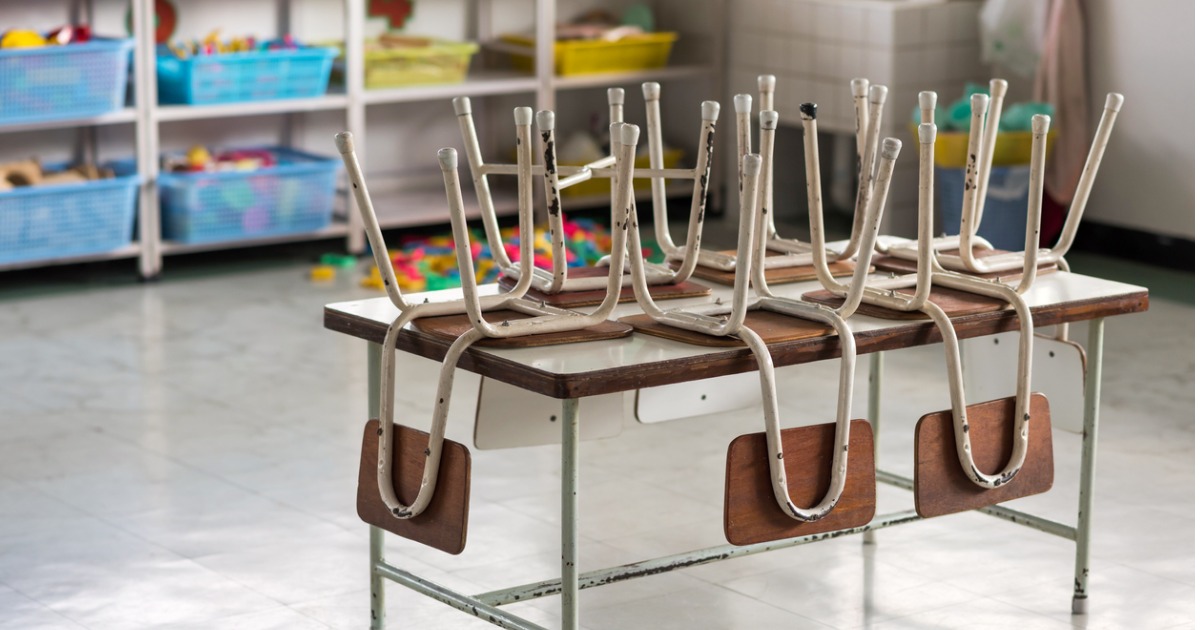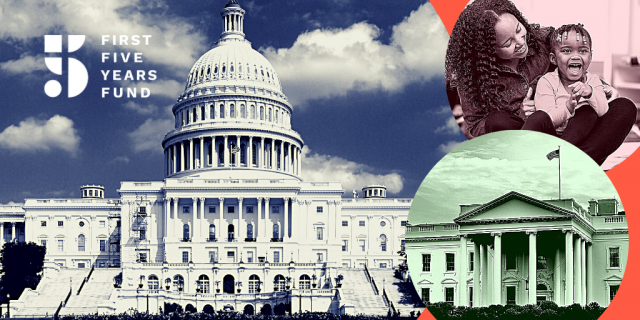Congress May Bail Out the Airlines. But What About Child Care?

Airline bailouts have dominated the airwaves over the past few days and weeks, but there’s another critical industry with broad-reaching impact across our entire economy that’s in dire need of immediate relief: child care. We can all agree that a robust transportation system is critical for the long-term competitiveness of this country, but the pandemic has laid bare that child care is the backbone of our economy, empowering millions of American families to participate in the workforce every day. It’s also the lynchpin keeping too many American workers from going back to work.

During spirited conversations about keeping the airlines up and running, some of us are left to wonder, “why isn’t there a louder outcry about saving child care?” Here are a few numbers that help quantify this frustration:
- Airlines have received significantly more federal aid than the child care industry through CARES Act.
- The airlines received $25 billion, while the child care industry received only $3.5 billion.
- Delta Airlines and United Airlines received $5.4 and $4.9 billion respectively, more than what the federal government invested in the entire child care industry.
- More jobs are at stake in the child care industry.
- The child care and early education sector employed 1,215,600 workers in 2019, more than three times the number of workers (333,700) employed by airlines and adjacent service industries, according to the Bureau of Labor Statistics.
- Nearly 400,000 child care jobs have already been lost to the pandemic. Conversations on airline jobs note there being about 35,000 positions at risk.
- Child care providers will not weather the pandemic as long as or recover as fast as major airlines.
- Child care providers, many of which are non-profits, operate at razor-thin margins, whereas airlines profit $30 billion in a bad year.
- Child care providers, many of which are non-profits, operate at razor-thin margins, whereas airlines profit $30 billion in a bad year.
- Without child care, airline workers, like much of our labor force, will not be able fully participate in the workforce.
- 40% of air transportation industry employees, and nearly 80% of flight attendants, are female, who are three times more likely to leave their jobs to care for their children.
- The average age for both male and female flight attendants is around 45-46 years old. This means that a significant portion of the airline workforce may have young children at home.
Learn more about the need for Congress to #SaveChildCare at childcarerelief.org.
Subscribe to FFYF First Look
Every morning, FFYF reports on the latest child care & early learning news from across the country. Subscribe and take 5 minutes to know what's happening in early childhood education.



